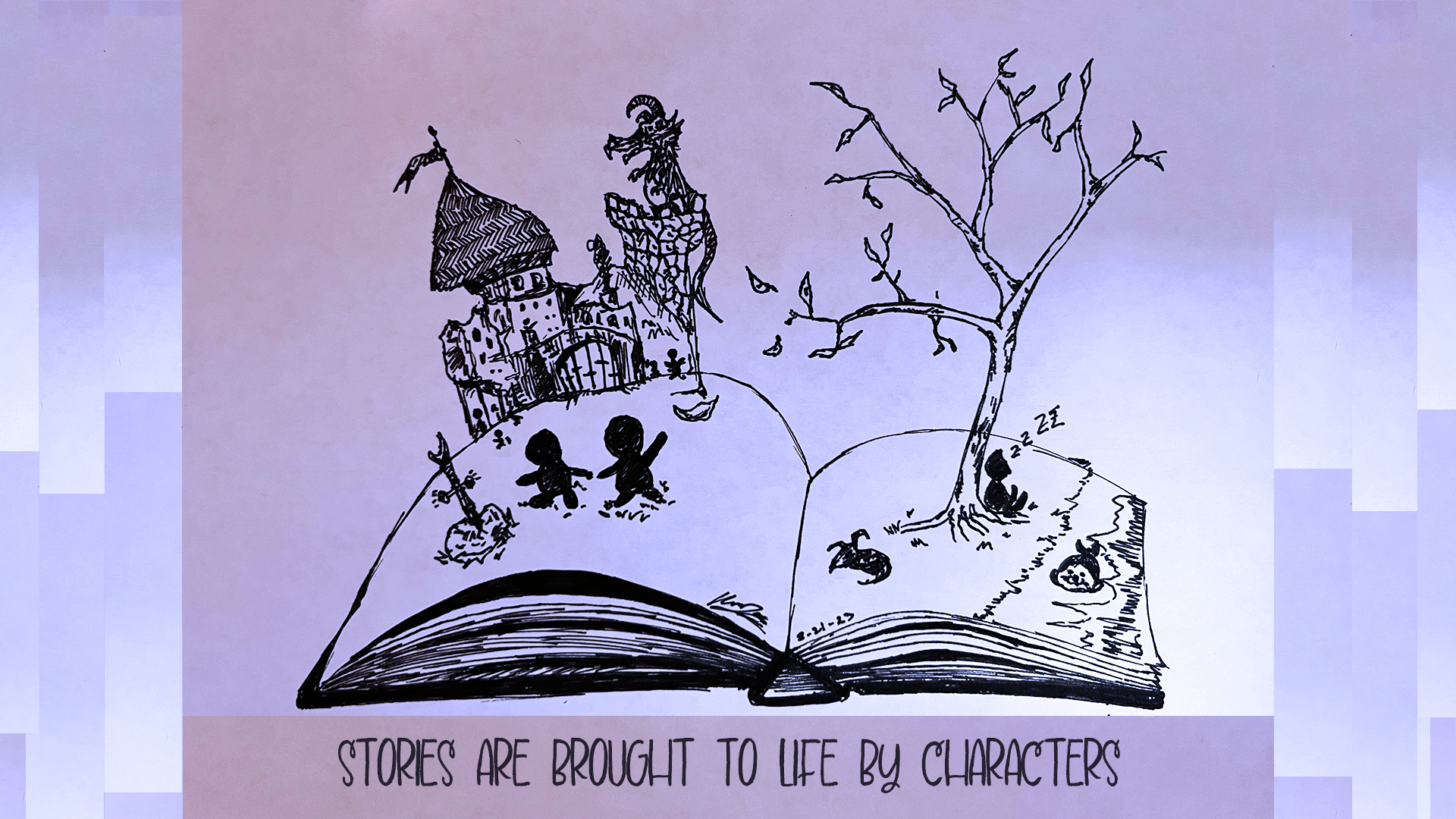Character-Oriented Design for Visual Data Storytelling
Keshav Dasu, Yun-Hsin Kuo, Kwan-Liu Ma
DOI: 10.1109/TVCG.2023.3326578
Room: 105
2023-10-24T22:24:00ZGMT-0600Change your timezone on the schedule page
2023-10-24T22:24:00Z

Fast forward
Full Video
Keywords
Storytelling, Explanatory, Narrative visualization, Visual metaphor
Abstract
When telling a data story, an author has an intention they seek to convey to an audience. This intention can be of many forms such as to persuade, to educate, to inform, or even to entertain. In addition to expressing their intention, the story plot must balance being consumable and enjoyable while preserving scientific integrity. In data stories, numerous methods have been identified for constructing and presenting a plot. However, there is an opportunity to expand how we think and create the visual elements that present the story. Stories are brought to life by characters; often they are what make a story captivating, enjoyable, memorable, and facilitate following the plot until the end. Through the analysis of 160 existing data stories, we systematically investigate and identify distinguishable features of characters in data stories, and we illustrate how they feed into the broader concept of “character-oriented design”. We identify the roles and visual representations data characters assume as well as the types of relationships these roles have with one another. We identify characteristics of antagonists as well as define conflict in data stories. We find the need for an identifiable central character that the audience latches on to in order to follow the narrative and identify their visual representations. We then illustrate “character-oriented design” by showing how to develop data characters with common data story plots. With this work, we present a framework for data characters derived from our analysis; we then offer our extension to the data storytelling process using character-oriented design. To access our supplemental materials please visit https://chaorientdesignds.github.io/